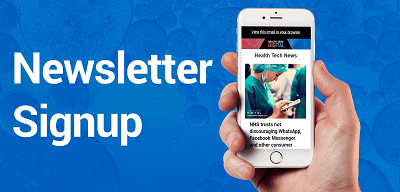
In the healthcare sector, efficient communication is vital to ensure the best possible care for patients. Staff members need to be able to convey important information to colleagues quickly and clearly – particularly if there is an emergency.
Telephony has a big role to play. However, in fast-paced environments such as hospitals, speed and ease are everything. Staff are under time pressures and need a system that is straightforward to use and facilitates patient care.
Hygiene as a top priority
When acquiring any new piece of kit, a key consideration is preventing the spread of infection and maintaining the very best hygiene standards.
Traditionally, telephone handsets have been breeding grounds for bacteria and pathogens. If individuals are using these handsets before caring for patients, there is a risk that harmful germs can be passed on. Using phones with antibacterial treatments tested according to the industrial standard JIS-Z801 however, can help mitigate this risk. This coating not only prevents the risk of transmission but its surface means it’s easy to clean. It’s also worth considering whether the device is splash and shock-proof, in case something is spilled on it or it is dropped while in use.
Ensure everything is connected
Healthcare organisations also need to carefully consider the layout of their building and how teams are operating to find a solution that best suits their needs. Are individuals often away from their desk or moving from room to room? Is it an old hospital with thick walls and different departments spread across several areas?
For nursing staff, who have one of the highest step counts of any healthcare professional, DECT (Digital Enhanced Cordless Telecommunication) devices can be a perfect option to ensure constant connectivity on the go. A DECT solution, featuring cordless handsets and base stations, can be placed around a hospital for example and allows phones to be used across multiple floors, without the risk of calls dropping out. This guarantees that staff can easily communicate with colleagues while walking between departments or delivering care to patients in their rooms.
The healthcare industry no longer needs to rely on traditional handsets for communication. Using these devices can prevent teams from working efficiently and increase the risk of infection. By investing in newer technology with features that are better tailored to the demands of the sector, healthcare providers can continue delivering quality care while keeping their teams connected.










